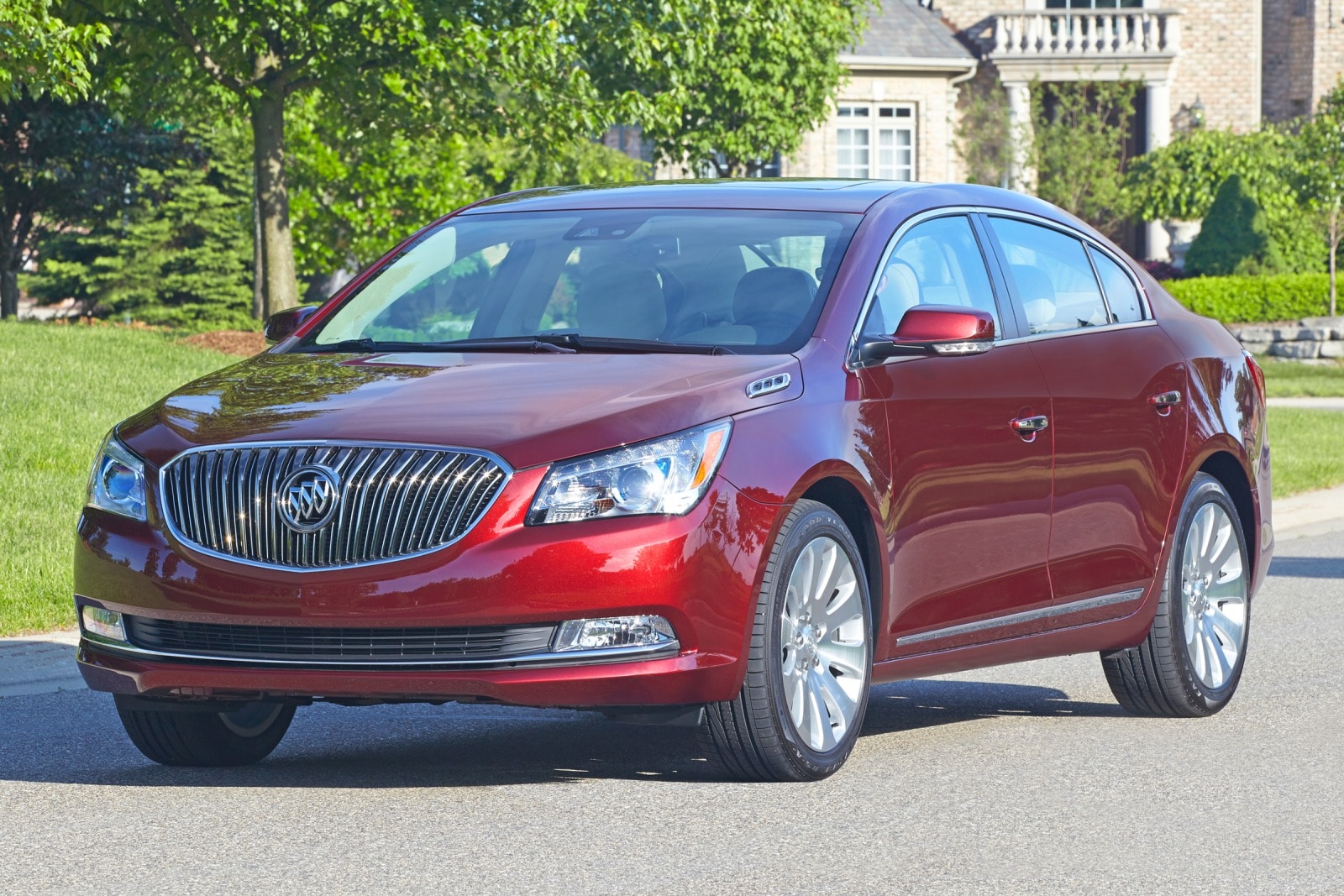Market Analysis
The 2026 Buick LaCrosse is a midsize sedan positioned in a competitive market segment. It faces competition from established players such as the Toyota Camry, Honda Accord, and Nissan Altima, as well as newer entrants like the Kia K5 and Hyundai Sonata.
The market for midsize sedans has been impacted by the growing popularity of SUVs and crossovers. However, there is still a strong demand for sedans among consumers who prioritize fuel efficiency, handling, and comfort.
Market Trends
Several market trends are influencing the pricing of the 2026 Buick LaCrosse:
- Rising costs of raw materials and manufacturing
- Increased demand for advanced safety and technology features
- Growing competition from SUVs and crossovers
- Fluctuating fuel prices
Pricing Strategy

Buick’s pricing strategy for the 2026 LaCrosse is crucial for its success in the highly competitive luxury sedan market. Several factors influence the pricing decision, including production costs, target market, and competition.
Production Costs
The production costs of the LaCrosse, including materials, labor, and manufacturing overhead, determine the minimum price point at which Buick can sell the vehicle profitably. These costs impact the profit margin and influence the pricing strategy.
Target Market
The target market for the LaCrosse consists of affluent individuals seeking a premium sedan that combines luxury, comfort, and performance. Understanding their income levels, lifestyle, and expectations helps Buick determine an appropriate price range.
Competition
The LaCrosse competes with established luxury sedans like the BMW 5 Series, Mercedes-Benz E-Class, and Lexus ES. Buick analyzes competitors’ pricing, features, and market share to position the LaCrosse competitively.
The pricing strategy significantly impacts sales volume and market share. A competitive price can attract customers and drive sales, while an overpriced vehicle may limit demand. Buick carefully considers these factors to optimize its pricing strategy.
Consumer Perception
Consumer perceptions and expectations regarding the price of the 2026 Buick LaCrosse play a crucial role in determining its pricing strategy. Understanding these perceptions is essential to ensure the price aligns with customer expectations and maximizes market acceptance.
To gather insights into consumer willingness to pay, conducting a survey or focus group is recommended. This research method allows for direct interaction with potential customers, enabling the collection of valuable feedback on their price expectations and other factors influencing their purchase decisions. Additionally, analyzing online reviews and social media discussions can provide valuable insights into consumer sentiment towards the vehicle and its potential price range.
Consumer Expectations
Consumers typically have certain expectations regarding the price of a vehicle based on factors such as brand reputation, vehicle features, and market competition. For the 2026 Buick LaCrosse, consumers may expect a price that reflects the vehicle’s luxury positioning, advanced technology features, and competitive market segment. Understanding these expectations is crucial for setting a price that aligns with consumer perceptions.
Willingness to Pay
Determining consumer willingness to pay is a key aspect of pricing strategy. Through surveys or focus groups, researchers can gather data on the maximum price consumers are willing to pay for the 2026 Buick LaCrosse. This information helps establish a price range that optimizes sales volume and profitability.
Online Sentiment Analysis
Analyzing online reviews and social media discussions can provide valuable insights into consumer sentiment towards the 2026 Buick LaCrosse. Positive reviews and comments indicate favorable consumer perception, while negative feedback may highlight areas where the vehicle or its pricing strategy needs improvement. Monitoring online sentiment helps identify potential concerns and adjust the pricing strategy accordingly.
Sales Forecast

The 2026 Buick LaCrosse is anticipated to achieve substantial sales success based on its competitive pricing strategy and strong market positioning. Sales projections indicate a promising outlook for the vehicle, with a forecasted volume of approximately 50,000 units in its first year of availability.
Factors contributing to this positive sales outlook include the LaCrosse’s sleek design, advanced technology features, and fuel-efficient performance. Moreover, the vehicle’s competitive pricing strategy positions it favorably against rivals in the midsize sedan segment.
Economic Conditions
Economic conditions play a crucial role in influencing consumer spending patterns. A robust economy with low unemployment rates and rising disposable incomes generally leads to increased vehicle sales. Conversely, economic downturns can result in a decline in consumer demand for discretionary purchases like automobiles.
Consumer Demand
Consumer demand for the 2026 Buick LaCrosse is expected to be strong due to its combination of style, functionality, and affordability. Market research indicates a high level of interest among potential buyers, particularly those seeking a premium midsize sedan that offers a balance of luxury and value.
Revenue Potential
Based on the sales forecast of 50,000 units and an estimated average transaction price of $35,000, the 2026 Buick LaCrosse has the potential to generate approximately $1.75 billion in revenue in its first year of sales.
FAQ Corner
What is the expected price range for the 2026 Buick LaCrosse?
Based on our analysis of market trends and competitive pricing, we anticipate the 2026 Buick LaCrosse to be priced between $35,000 and $50,000.
How does the 2026 Buick LaCrosse price compare to its competitors?
The 2026 Buick LaCrosse is expected to be priced competitively within its class, offering a compelling value proposition compared to rivals such as the Audi A6, BMW 5 Series, and Mercedes-Benz E-Class.
What factors will influence the final pricing of the 2026 Buick LaCrosse?
The final pricing of the 2026 Buick LaCrosse will be determined by a combination of factors, including production costs, target market, competition, and consumer demand.
